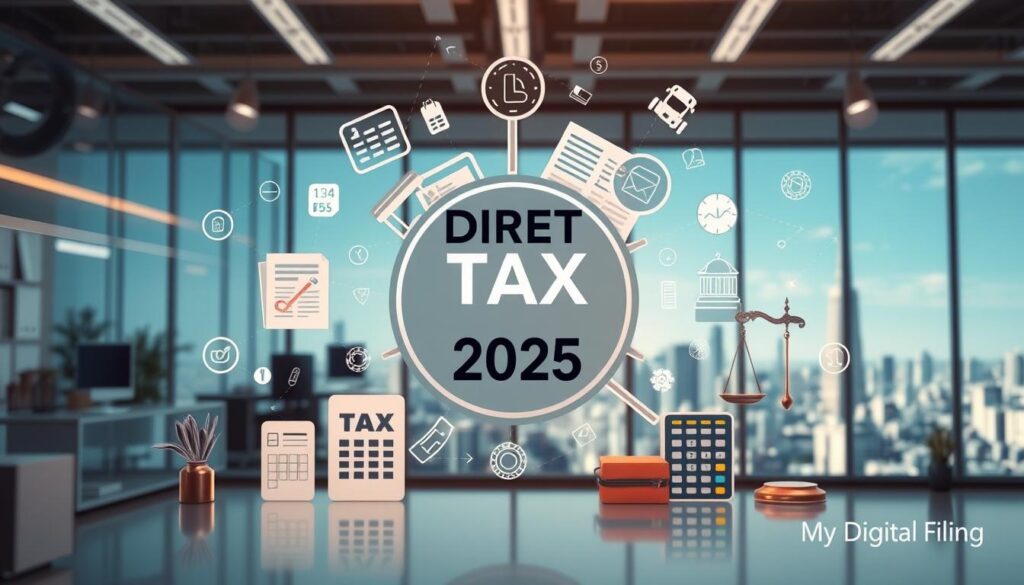The Central Board of Direct Taxes (CBDT) has introduced significant changes in Form 3CD through Notification No. 27/2024 dated 05-03-2024. These changes impact several clauses, necessitating an updated understanding for tax auditors and assessees alike. Below, we provide a comprehensive breakdown of the amendments, comparing the pre-amendment and post-amendment clauses, along with an analysis of their effects.
Clause Name | Pre-Amendment Clause | Post-Amendment Clause | Analysis and Effect on Tax Audit |
Clause 8a | Reporting if the company has opted for taxation under Sections 115BA, 115BAA, 115BAB, 115BAC, 115BAD | Added reporting for Section 115BAE for manufacturing cooperative societies | Effect: Tax auditors must now verify and report if the cooperative society has opted for Section 115BAE by e-filing Form 10-IFA. Auditors should also obtain a Management Representation Letter (MRL) if the assessee intends to opt but has not yet filed the form. This change necessitates additional verification steps and careful attention to reporting deadlines. |
Clause 12 | Reporting of profits assessable under presumptive tax schemes including Sections 44AD, 44AE, etc., but no mention of Section 44ADA | Explicit mention of Section 44ADA, which covers presumptive taxation for professionals | Effect: While this change clarifies the requirement, it does not significantly alter the auditor’s responsibilities since Section 44ADA was already implicitly included under “any other relevant section.” This amendment provides clearer guidance, reducing ambiguity in reporting. |
Clause 18(ca) | Adjustment to the written down value under Section 115BAC/115BAD for AY 2021-22 only | Expanded to include adjustments under Sections 115BAA, 115BAC (for AY 2020-21, 2021-22, and 2024-25) | Effect: This amendment aligns with the changes introduced by the Finance Act 2023, ensuring that adjustments are reported correctly for various assessment years. Auditors need to be vigilant in applying the correct adjustment provisions based on the assessment year in question. |
Clause 19 | Reporting amounts admissible under various sections like 32AC, 35, etc., but excluding Section 35ABA | Inclusion of Section 35ABA and “any other relevant section,” widening the scope of reporting obligations | Effect: This amendment increases the burden on tax auditors by requiring them to consider a broader range of deductions and ensure all relevant sections are covered. This can lead to more detailed scrutiny and cross-referencing with other clauses, enhancing the accuracy and completeness of the tax audit report. |
Clause 21(a) | Reporting items debited to the P&L account, including penalties and expenditures that are offences or prohibited by law | Expanded to include expenditure for compounding offences and benefits or perquisites in violation of law, both under Indian and foreign laws | Effect: The broadened scope of this clause requires auditors to be more thorough in identifying and reporting any expenditures that could be construed as penalties, offences, or illegal benefits. This change adds layers of complexity, particularly for businesses with international operations. Tax auditors must be vigilant in identifying and reporting such items to avoid non-compliance. |
Clause 26 | Reference to clauses (f) and (g) in Section 43B dealing with certain liabilities | Inclusion of new clause (h) from Section 43B, which addresses delayed payments to Micro and Small Enterprises (MSEs) | Effect: This changes in Form 3CD requires tax auditors to report delayed payments to MSEs that are not settled within the stipulated time frame under the MSMED Act. Auditors must ensure that the assessee has a robust system for identifying MSEs and verifying their registration status. The focus on MSE payments highlights the government’s intent to enforce timely payments and prevent cash flow issues for small enterprises. |
Clause 8a:
Scenario: A manufacturing cooperative society opts for the new tax regime under Section 115BAE but has not yet filed Form 10-IFA by the date of the audit.
Auditor’s Action: The auditor should obtain an MRL stating the intent to opt for Section 115BAE and report accordingly, mentioning the reliance on MRL in the audit report.
Clause 26:
Scenario: An enterprise delays payment to an MSE supplier beyond the due date stipulated under the MSMED Act.
Auditor’s Action: The auditor must report this in Clause 26(B), even if the payment is made before the ITR due date. The auditor should verify the supplier’s MSE status and ensure proper classification and reporting of delayed payments.
Conclusion:
The recent changes in Form 3CD impose additional responsibilities on tax auditors, particularly in the areas of reporting under new and revised clauses. It is crucial for auditors to stay updated with these changes, ensure compliance, and provide accurate and complete tax audit reports. Understanding these amendments and their implications will help auditors navigate the complexities of the updated tax audit form effectively.









